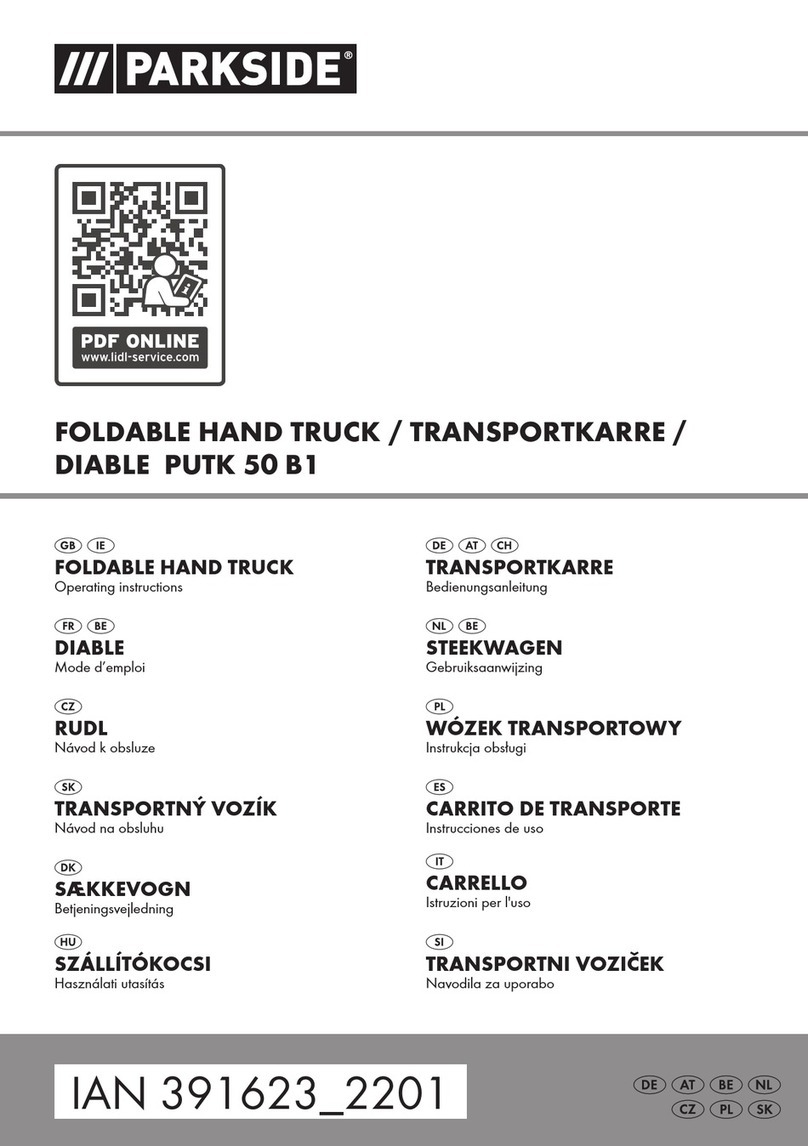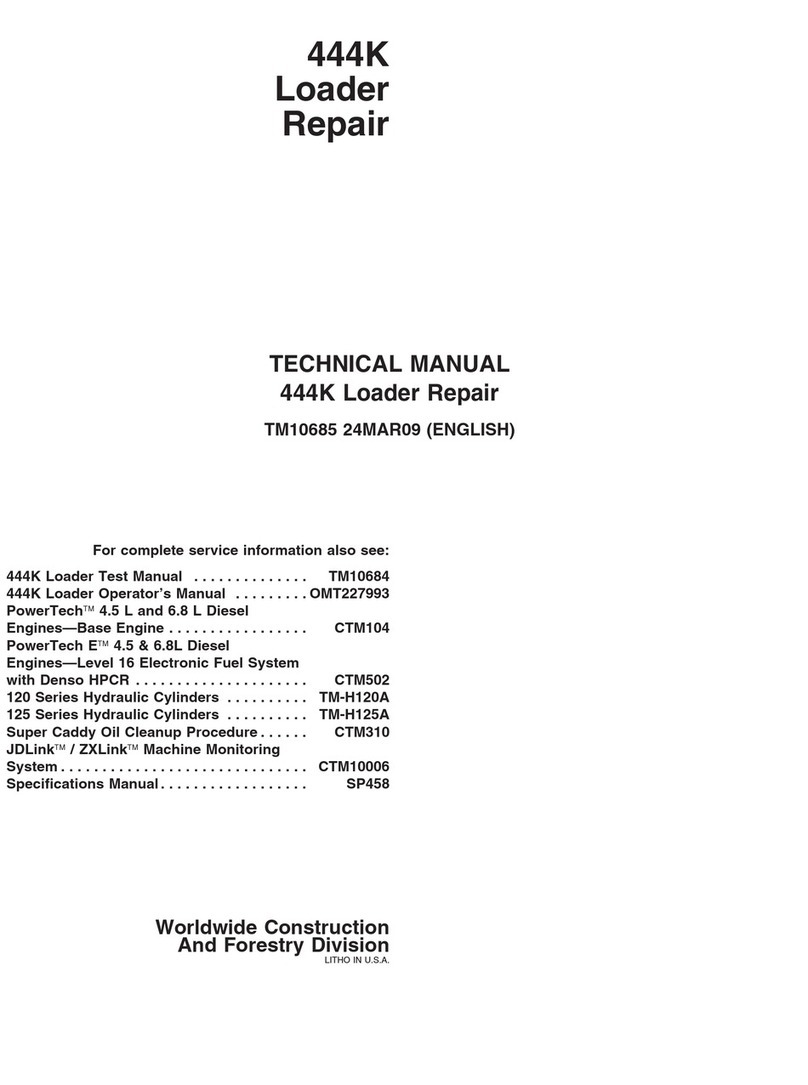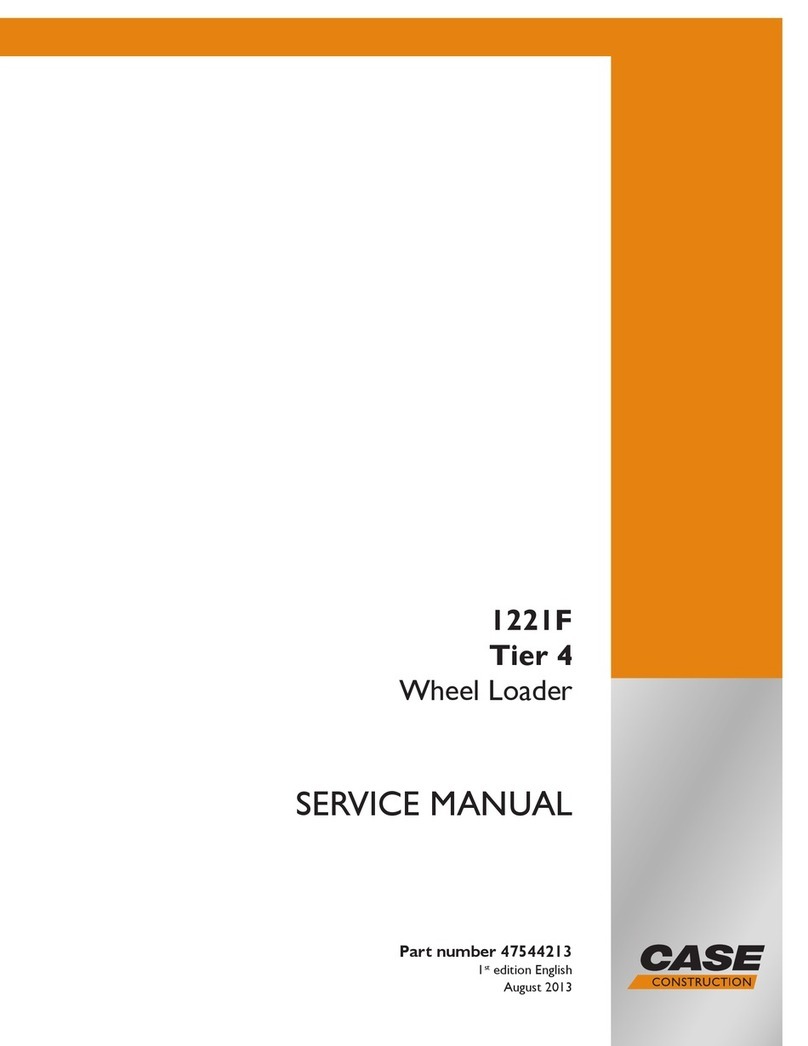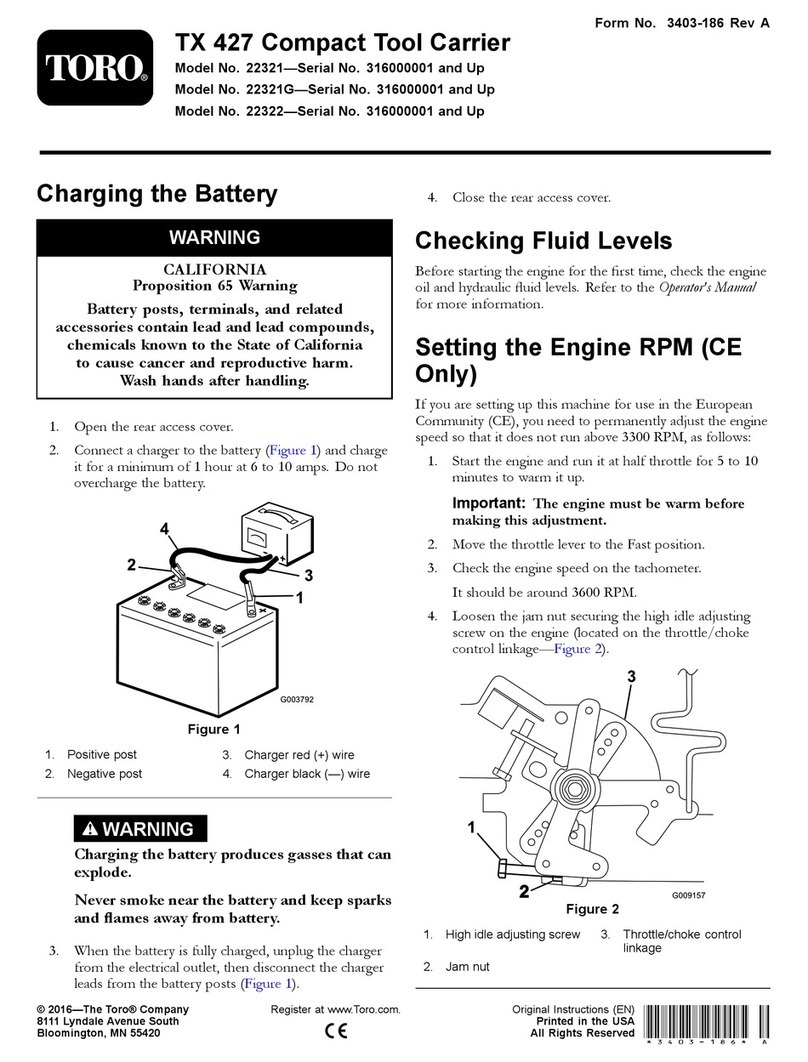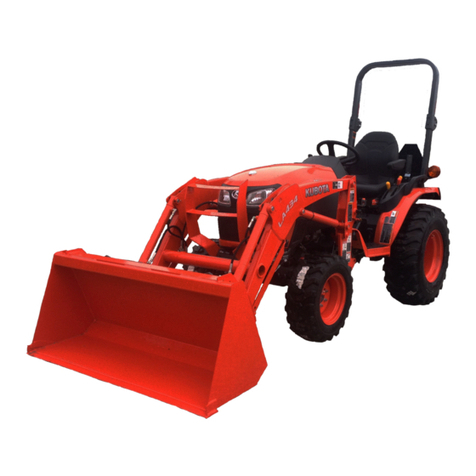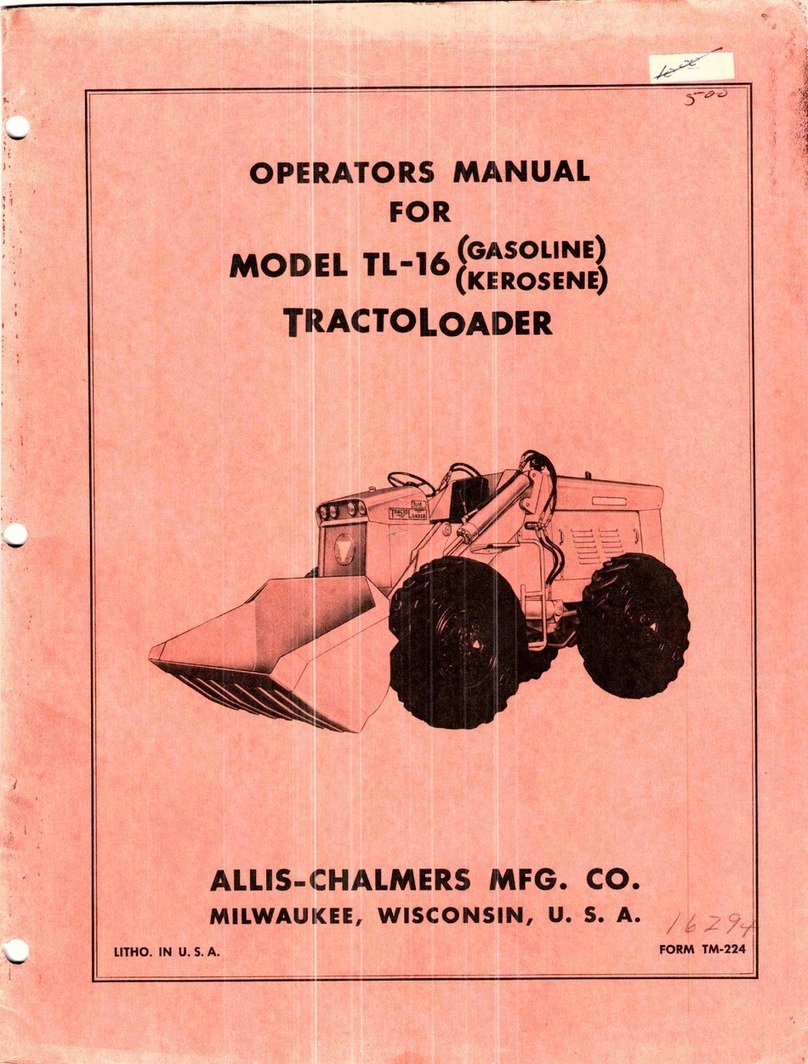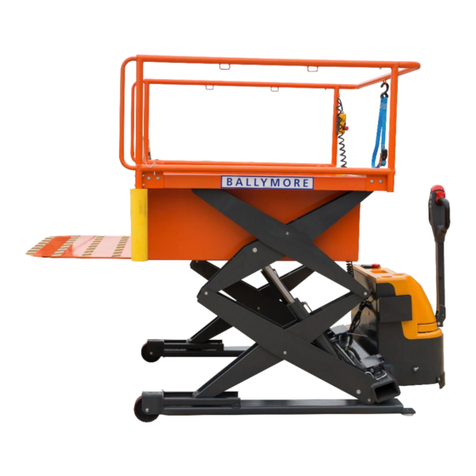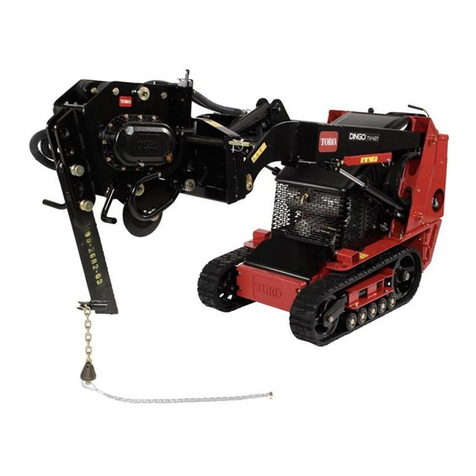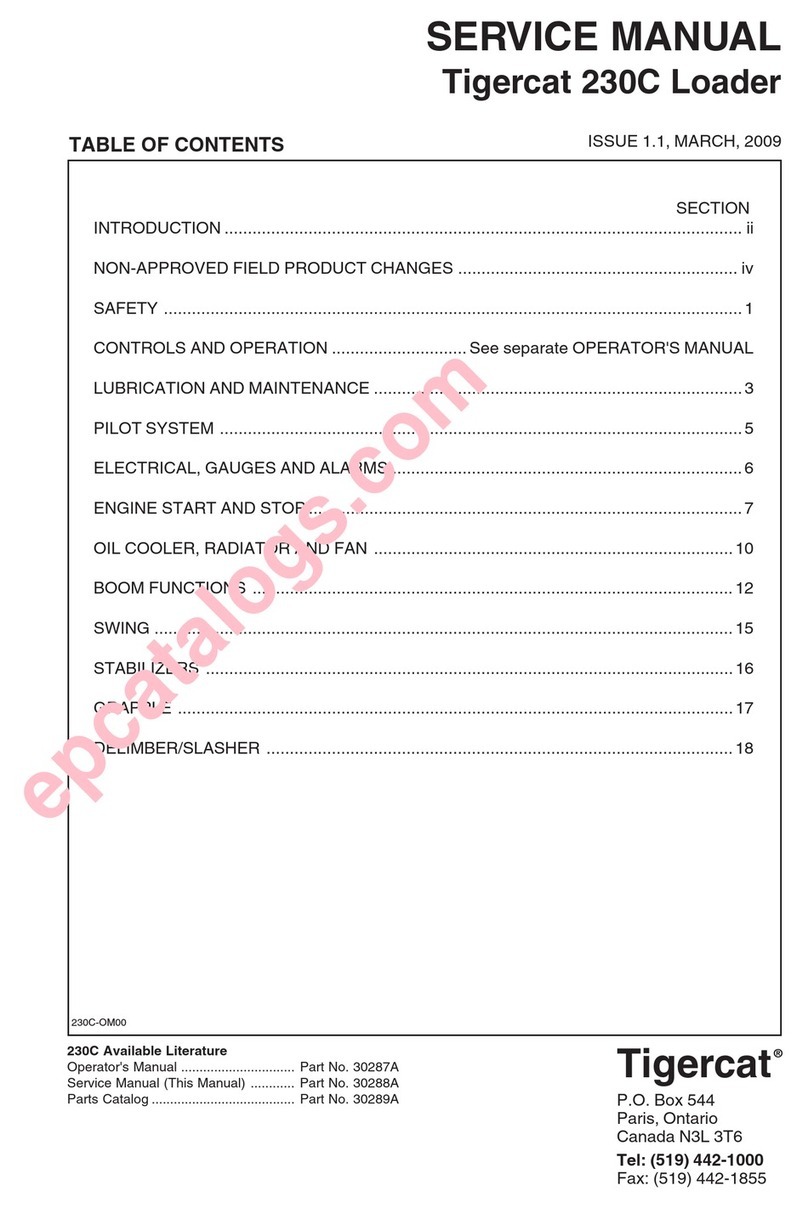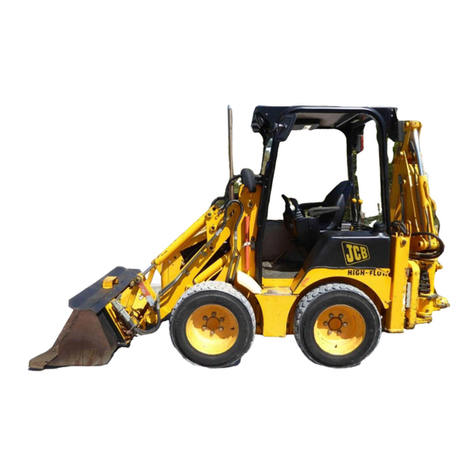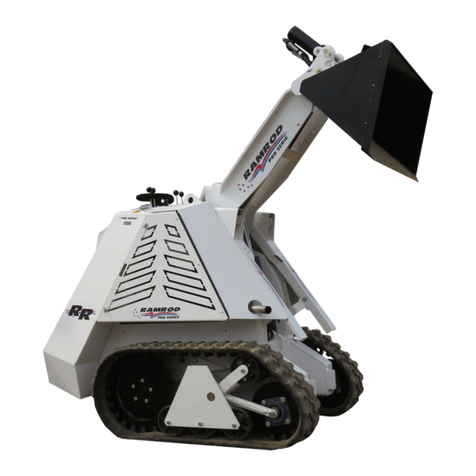PREFACE
Thank you for selecting BAOLI forklift truck! Your trust is a great honor to us!
8-10 ton internal combustion counterbalanced forklift trucks adopt hydraulic
transmission with advanced TCM continuous speed control and integral drive axle with
wheel reducer, so they have a lot of advantages such as good traction and travel
performance, easy operation, reliable brake, wide visibility and safe performance.
These trucks are all suit for handling and stacking packed goods in stations, ports,
goods yards and warehouses and used widely in food processing, light and textile,
mining industries and other factories, with some of attachments fitted, the trucks can be
applied more and more.
This manual states the trucks’ specifications, operation, maintenance, service,
main assemblies’ constructions and working principles so as to be completely familiar
with the truck to get the most of it, and to help the operators to use the trucks correctly
and attain the highest functions. It is necessary to read over the manual before they
operate the trucks or service personnel serve these trucks.
Besides this Operation and Service Manual, there is Operator’s Manual, which
includes important information of safety driving and periodic maintenance. And, the
manual of some important parts is provided.
We suggest you to give the manual a proper storage. If there is something in the
manual you do not understand, ask the distributor to explain it to you. Suggestion and
criticisms are welcome.
This manual content might not correspond with the actual condition because of the
improving of our products. Our products are subject to improvements and changes
without notice.
We heartily wish you keep everything running smoothly during operation of BAOLI
forklift truck!

